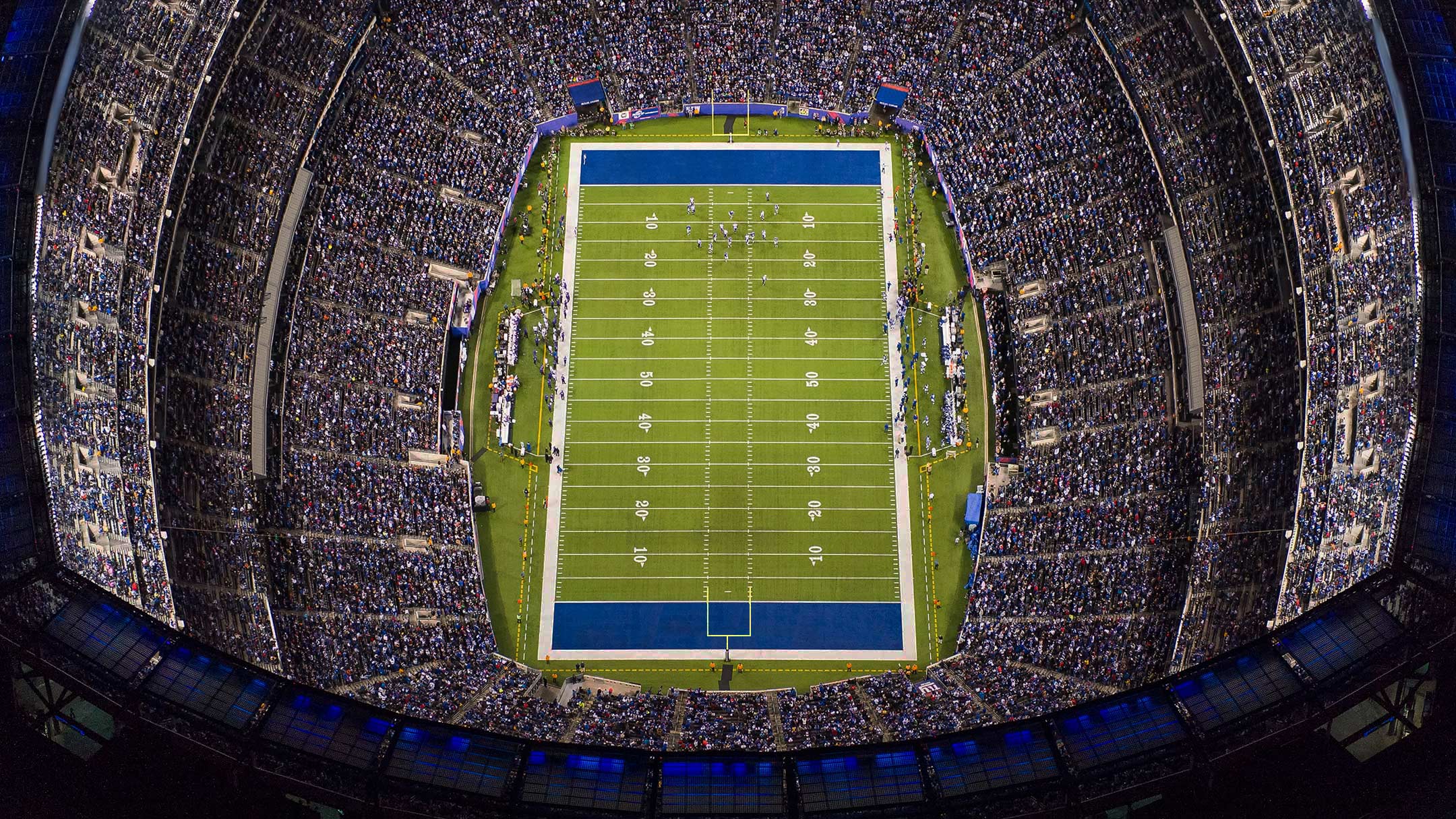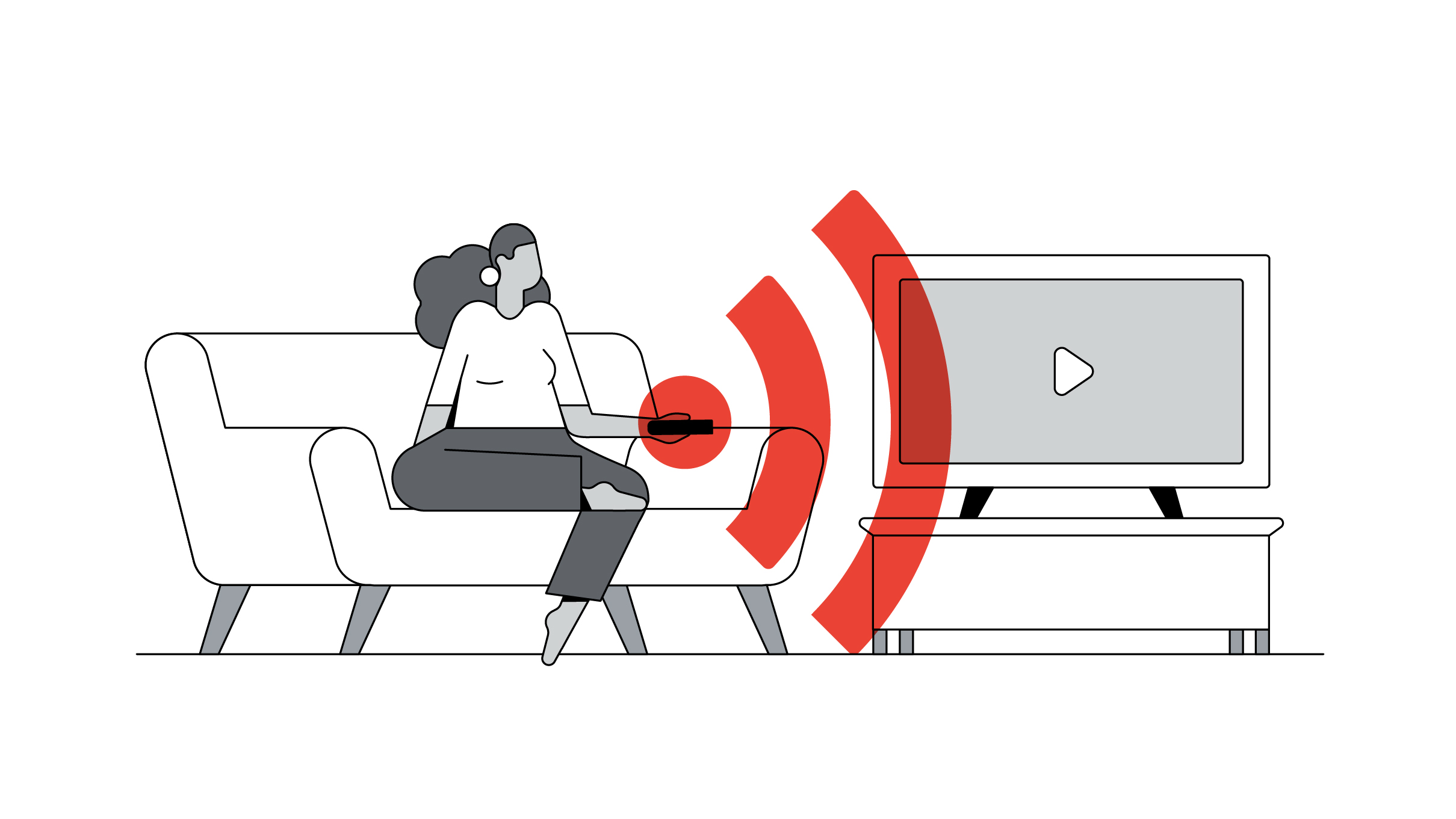The big game isn't just a chance for marketers to extend a campaign’s reach to millions of viewers—it's the year's biggest opportunity to engage consumers. According to Jon Stimmel, chief investment officer, UM, brands can foster meaningful connections by focusing on three key ideas.
The Super Bowl is 50 this year, and it's still the most important brand moment of the year. As the game has changed on the field, it's also changed for marketers. A new era is here: an annual contest for share of attention towards more meaningful relationships. It's a Connection Bowl.
That $5 million big game spot isn't about selling units, and it isn't about eyeballs, reach or market saturation. Its real value is opening the door to deeper engagement with our consumers in 2016, where 80% of viewers are watching with a mobile device and big game social mentions are 4X greater than that of the Academy Awards.1
We're not selling a product, we're connecting brands and people.
People are bombarded by thousands of messages a day now. There's nothing in our day that's not distracted by dozens of screens and channels. That's why UM has implemented a moments-based approach to media planning―identifying the times and contexts that matter most to people, when they are truly open for a brand to join them with a relevant connection. Google calls these intent-rich moments, micro-moments. These are the moments that really matter and they're game changers for both consumers and brands.
The Super Bowl used to be about watching a three-hour (well, six-hour) game. Now there's a huge surrounding culture that goes far beyond the sport itself.
Because of its impact and its spot on the calendar, it's difficult to imagine a moment that matters more than the Super Bowl. An ad here has to make a deeply emotional connection that sets up one-to-one engagements and says to consumers, "That brand knows me."
I remember back in 2012, we created a custom plan with NBC to deliver a contextually relevant message right as the second half was to begin, where an ad break didn't normally exist. The spot was important in its placement as well as being a thought-provoking moment that surprised viewers in contrast to the usual ads of humor and consumerism. Do you remember this moment? It was a reminder that during difficult times, Americans are never out even when they are down. The beginning of the second half in the big game is a moment of excitement and optimism within a patriotic event that embodies our culture and country. After the game, viewers looked for the ad on YouTube—where they could share what it meant to them and rewatch it long after the game ended. Since then, we adopted the strategy to sponsor and always be in locations where people can view and share big game ads, like in the YouTube AdBlitz, where we've made 80M incremental consumer connections for this client alone.
The culture around the game is more inclusive.
The Super Bowl used to be about watching a three-hour (well, six-hour) game. Now there's a huge surrounding culture that goes far beyond the sport itself. It's people sharing off-the-chart game parties or commenting on bizarrely out-of-sync dancing sharks. It's hilariously bad lip readings of sideline comments. It's live videos of fan reactions (there are more than half a million of these videos on YouTube!). The big game is in every vertical now, and that creates a lot of new opportunities for every brand.
I particularly enjoyed how Coca-Cola shared a message of optimism and inclusion in their 'Make It Happy' campaign last year. Its YouTube channel shared fun videos of a Happiness Bus that dispensed Coca-Cola, guitars and teddy bears, and a vending machine that was so tall it required teamwork to operate―and paid off with two Cokes rather than one.
It's about the long return, not the :30 spot.
Super Bowl ads used to be top-secret products held back for a big explosive reveal. But with growing viewer demand and with spot prices rising about $500K a year, things have changed.
BMW began the conversation early in 2015 with a beautiful combination of marketing and PR. The big game network that year was NBC, which let BMW take advantage of the equity of nostalgic "Today Show" hosts Bryant Gumbel and Katie Couric. In the spot, their failure to understand the "newfangled" internet was connected to new technology and innovation within the BMW i3. The spot was a hit, driving social media mentions and YouTube views to become one of the fastest-rising ads at its launch before the game.
Growing searches for big game content and contextually relevant TrueView targeting helped BMW create significant brand lift and consideration. The ad also showed the impact that the right creative can have across platforms: it drove major search lift across brand and product terms like "BMW" and "i3."
At age 50, the Super Bowl is still the biggest long-term opportunity of the year. This year we'll be doing our best to meet 110 million new friends, create meaningful moments and kick off relationships that turn the Connection Bowl into positive brand momentum for our clients.
Jon Stimmel is our first-ever guest editor on Think with Google.







